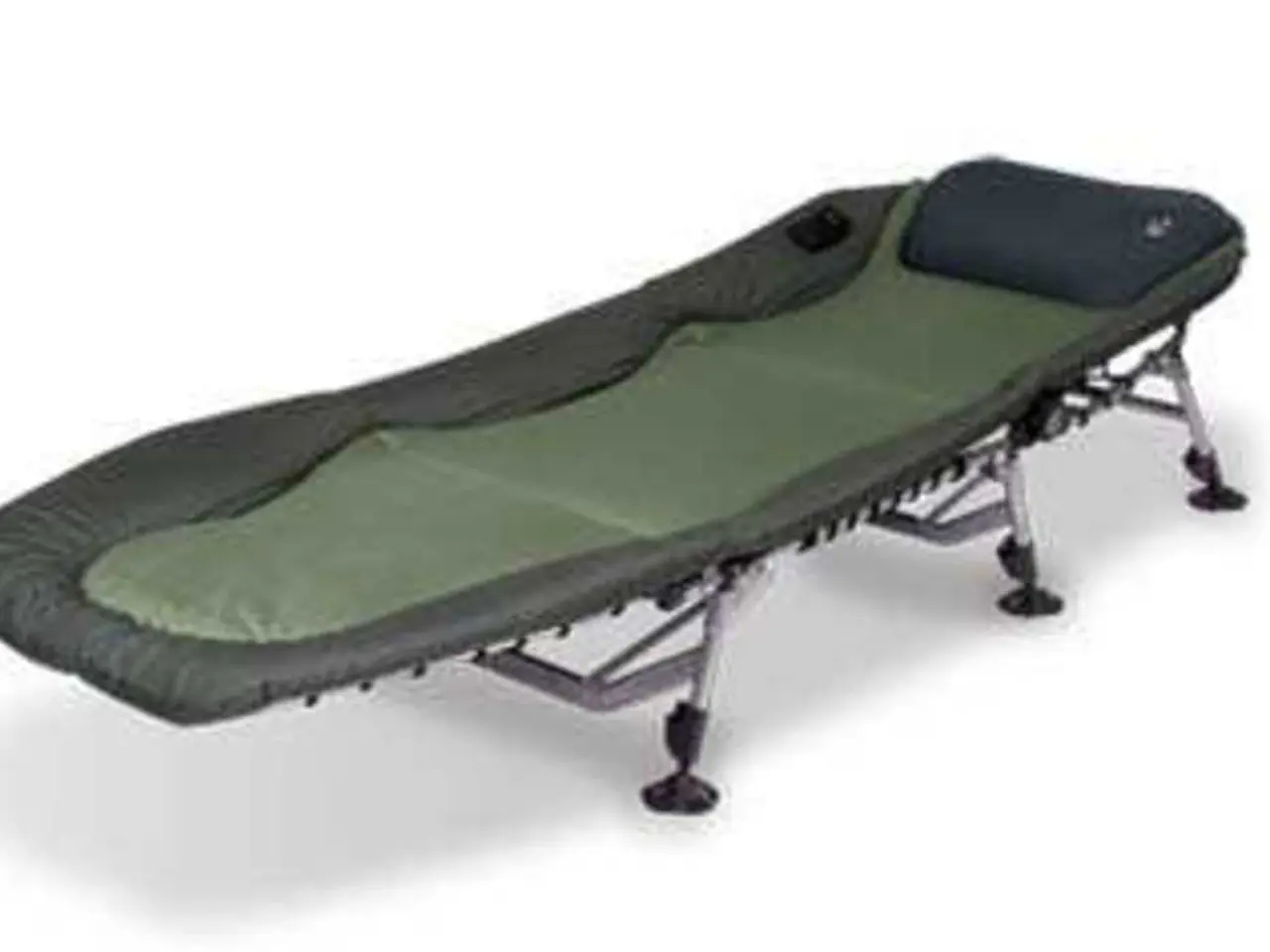Routine activities to minimize the risk of blood clots formation
Preventing Blood Clots: A Guide to Safe Exercise and Lifestyle Choices
Sitting for long periods can increase the risk of developing blood clots in the veins of the arms, legs, or pelvis. These clots, if untreated, can lead to a pulmonary embolism, a blockage of blood flow to the lungs. However, there are several simple exercises and lifestyle changes that can help prevent blood clots.
One such exercise is elevating the feet while lying down. This position can help prevent blood from pooling in the legs, reducing the risk of clot formation. Another effective exercise is the knee to chest stretch. By clasping both hands around one knee and pulling it towards the chest for 15 seconds, followed by a slow lowering and repeating on the other leg 10 times, you can encourage healthy blood circulation.
Gentle stretching, such as the seated hamstring stretch, can also promote blood flow. For the hamstring stretch, extend one leg straight out and lean forward, trying to touch the toes. Hold for 30 seconds, then repeat with the other leg.
Certain types of exercise, such as walking, can also decrease the likelihood of a blood clot. Walking up and down the aisle every 2 to 3 hours during a flight can help prevent blood clots, as can performing ankle circles and toe lifts. Ankle circles involve rotating the ankles in a circular motion, while toe lifts involve raising the toes while keeping the heels on the floor and then lowering them again.
In addition to exercise, certain lifestyle changes can help reduce the risk of developing a blood clot. Reducing salt consumption and staying hydrated are both important. Maintaining a moderate weight and avoiding tight-fitting clothing can also help prevent blood clots.
For those at increased risk, such as individuals over 50 years old, those with known risk factors like high blood pressure, diabetes, obesity, smoking, genetic predisposition, recent surgeries or injuries, and those with hereditary risk factors for thrombosis, taking these measures can be particularly beneficial.
Wearing compression stockings during a flight can also help prevent blood clots. Compression stockings apply pressure to the legs, helping to prevent blood from pooling and reducing the risk of clot formation. Additionally, elevating the bottom of the bed about 4 to 6 inches can help keep the feet elevated during sleep, reducing the risk of blood clots.
Performing neck roll stretches and shoulder rolls can increase circulation throughout the upper body, further reducing the risk of blood clots. To perform a neck roll stretch, drop one ear to the shoulder, gently roll the head forward and to the other side, and hold each position for 5 seconds, repeating 5 times. For shoulder rolls, simply roll the shoulders forward and then backward in a circular motion.
By incorporating these exercises and lifestyle changes into your daily routine, you can help reduce the risk of developing blood clots and maintain a healthy circulatory system.








